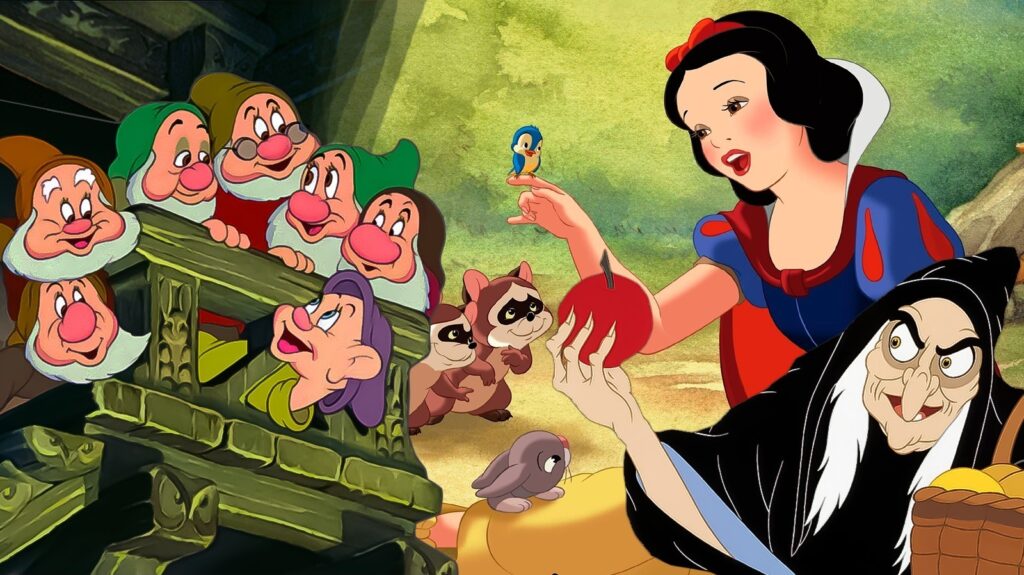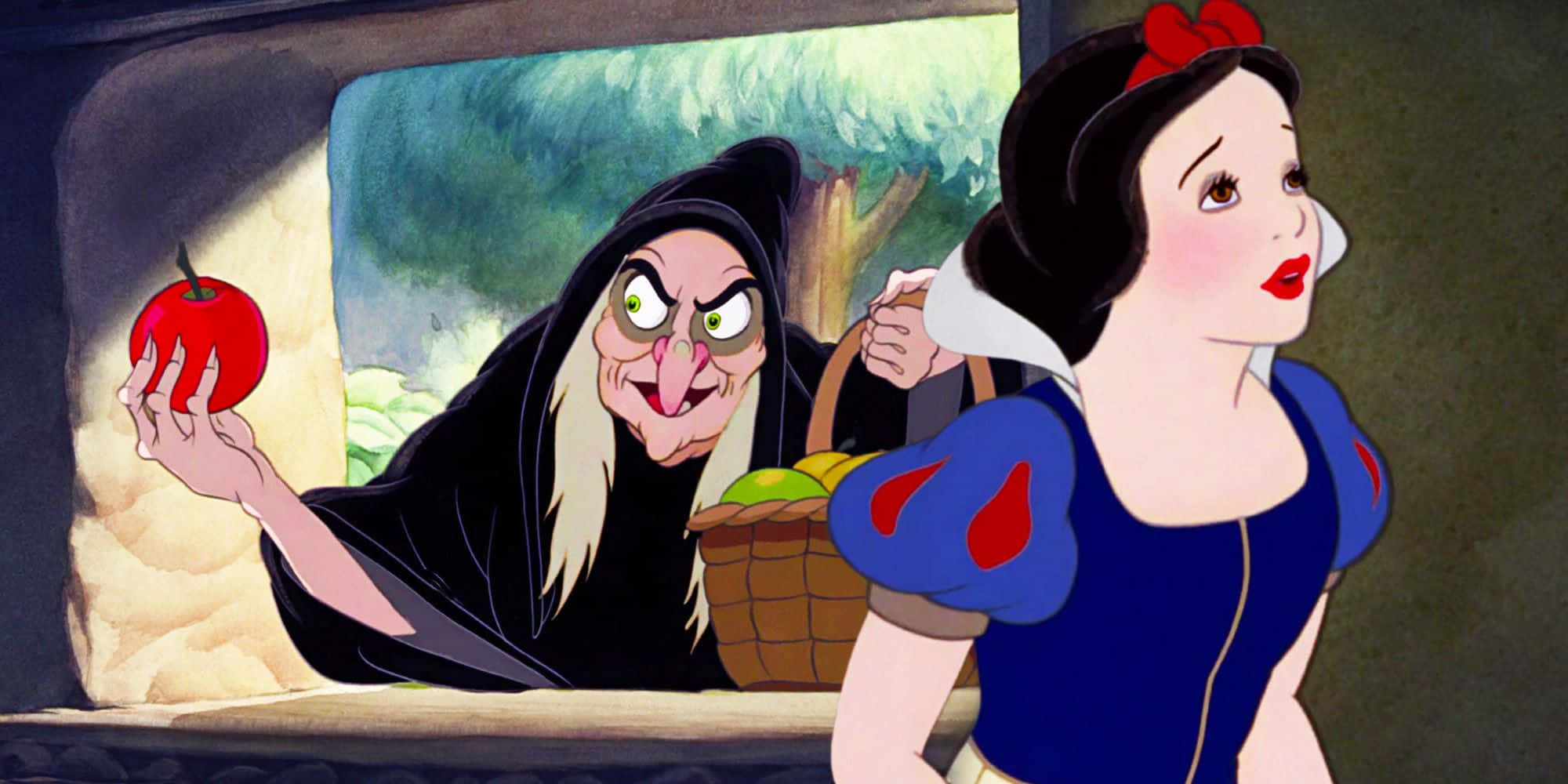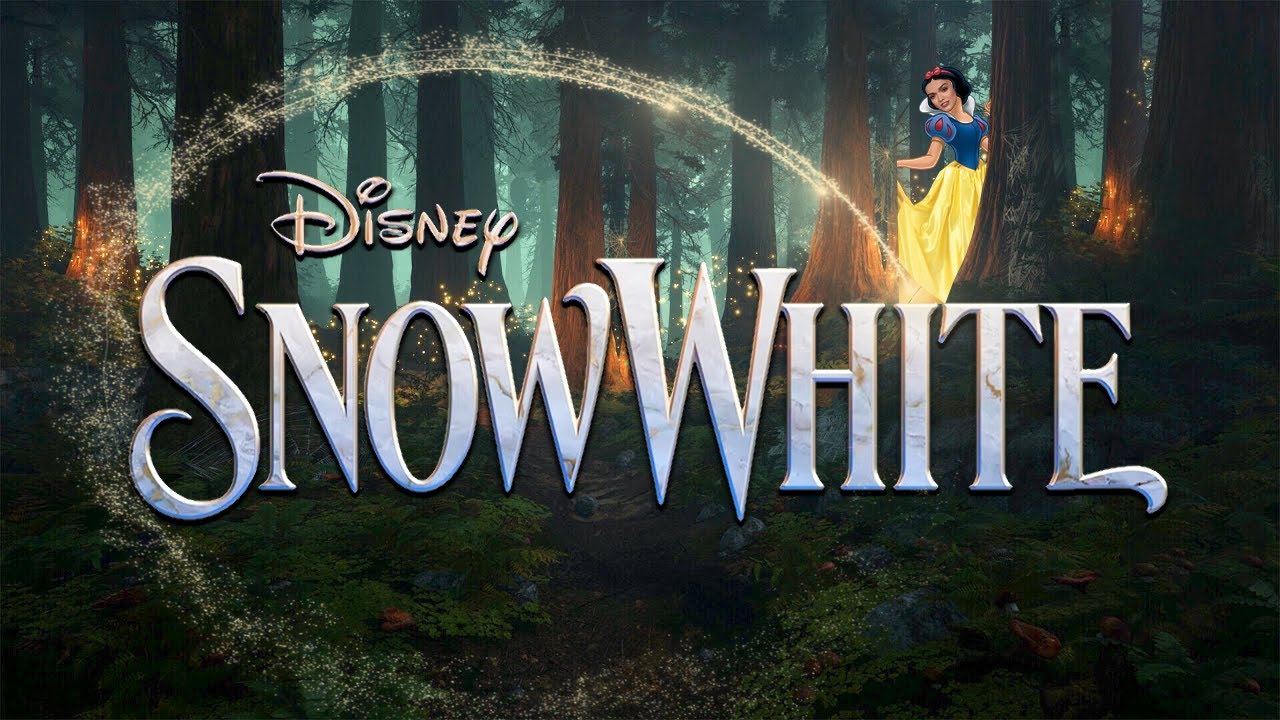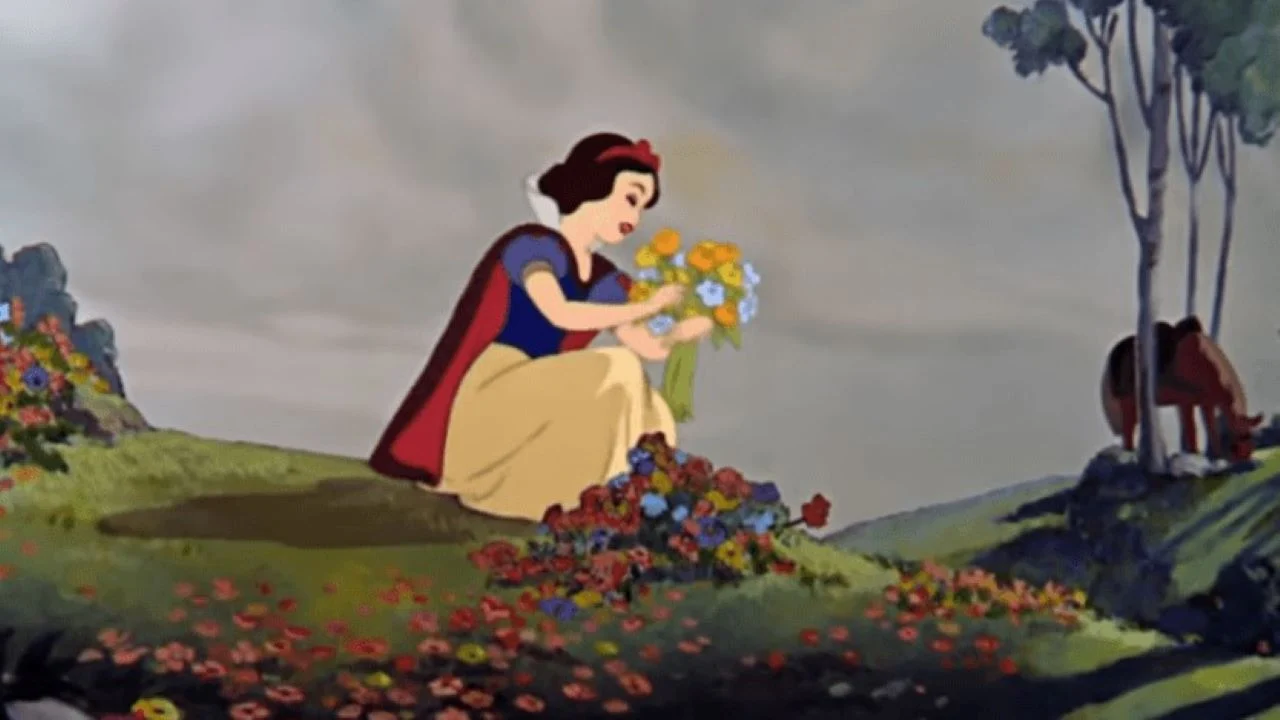
Disney’s ambitious journey into reimagining its classic tales has hit a notable snag with its latest release, “Snow White.” Despite the star-studded cast featuring Rachel Zegler and Gal Gadot, the film has not been received warmly, earning a paltry 42% on Rotten Tomatoes. This rating places it among the least favorable of Disney’s recent adaptations and marks it as the worst-reviewed film in Zegler’s burgeoning career.

Critics and audiences alike have voiced that while there is always room for fresh takes on old stories, “Snow White” fails to capture the original’s enchantment or offer a compelling modern twist. Instead, it serves as a stark example of how not to modernize a beloved fairytale, with its lavish production budget seemingly squandered on questionable creative decisions rather than enhancing the narrative’s magical elements.
Missteps in Modernization: Losing the Essence of Snow White
In attempting to modernize the 1937 animated classic, the film deviates significantly from its source material, introducing a version of Snow White that might resonate with contemporary ideals but alienates traditional fans. Rachel Zegler’s Snow White is portrayed as an independent leader, a sharp pivot from the gentle princess known for her optimism and kindness. This redefinition could be seen as a progressive shift, yet it simultaneously strips away the core characteristics that have endeared Snow White to audiences for nearly a century.
Further controversy arose from Zegler’s remarks in interviews where she labeled the original film as “dated” and critiqued its portrayal of Snow White as a passive character. This approach, while intended to reflect modern values, felt more like a lecture than a natural evolution of the story, leading to a protagonist who seems out of place in her own tale.

The Controversial CGI Dwarfs: A Disconnect from the Classic
The decision to replace the iconic seven dwarfs with CGI characters was driven by an intent to avoid outdated stereotypes. However, this change was met with significant backlash, including criticism from “Game of Thrones” star Peter Dinklage, who questioned the contradictory nature of updating the film’s racial representation while retaining the problematic elements of the dwarfs’ portrayal. The CGI dwarfs, rather than being endearing, ended up feeling awkward and displaced, contributing to a disconnect within the film.
Critics, including Tara Brady from the Irish Times, highlighted these issues as some of the film’s most glaring flaws, with the CGI treatment of the dwarfs being particularly jarring against the live-action setting.
A Lavish Budget That Failed to Deliver Magic
With a production budget rumored to be between $240 million and $270 million, expectations were high for a visually stunning experience akin to the successful “Beauty and the Beast” remake. Instead, “Snow White” lacked the cinematic splendor and enchanting atmosphere that defined its predecessors. The film’s underwhelming box office debut, with a disappointing $42.4 million opening weekend, underscores the audience’s unmet expectations and the film’s failure to justify its colossal budget.
In stark contrast, earlier adaptations like “Beauty and the Beast” managed to create a captivating world with less financial outlay, proving that a higher budget does not necessarily equate to a better outcome.

The 2025 remake of “Snow White” underscores that nostalgia cannot be the sole driving force behind a film. It demands a respectful acknowledgment of the source material, coupled with innovative storytelling that enhances rather than overshadows the original. This adaptation failed to balance these elements, resulting in a film that, despite its anticipation and potential, deservedly earned its lackluster reception.
As it continues to screen across theaters, this iteration of “Snow White” will likely be remembered as a cautionary tale about the risks of modernizing classics without a keen sensitivity to what made them timeless in the first place.
